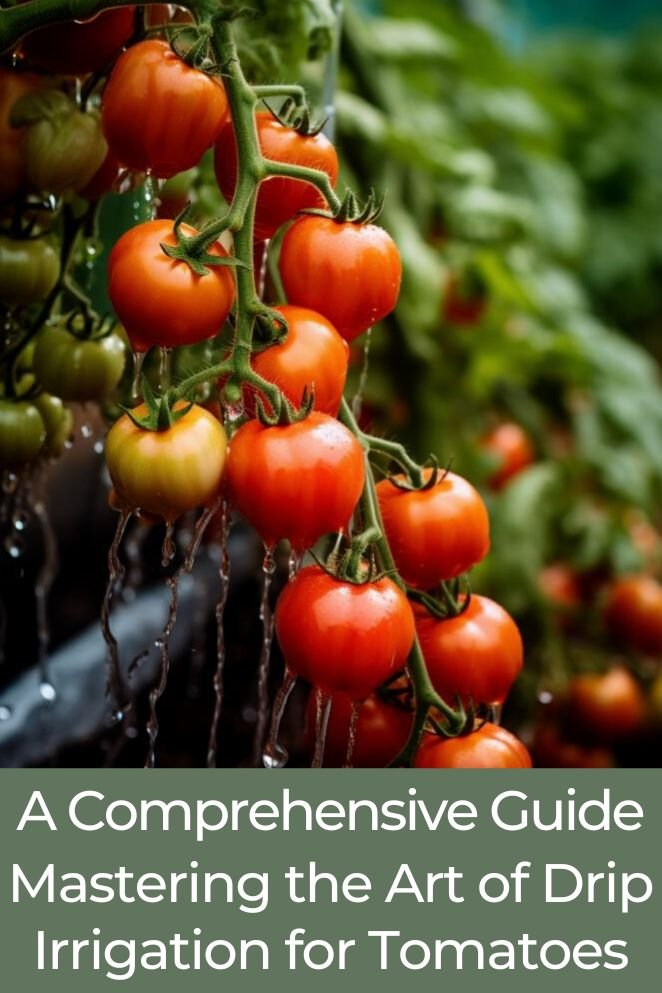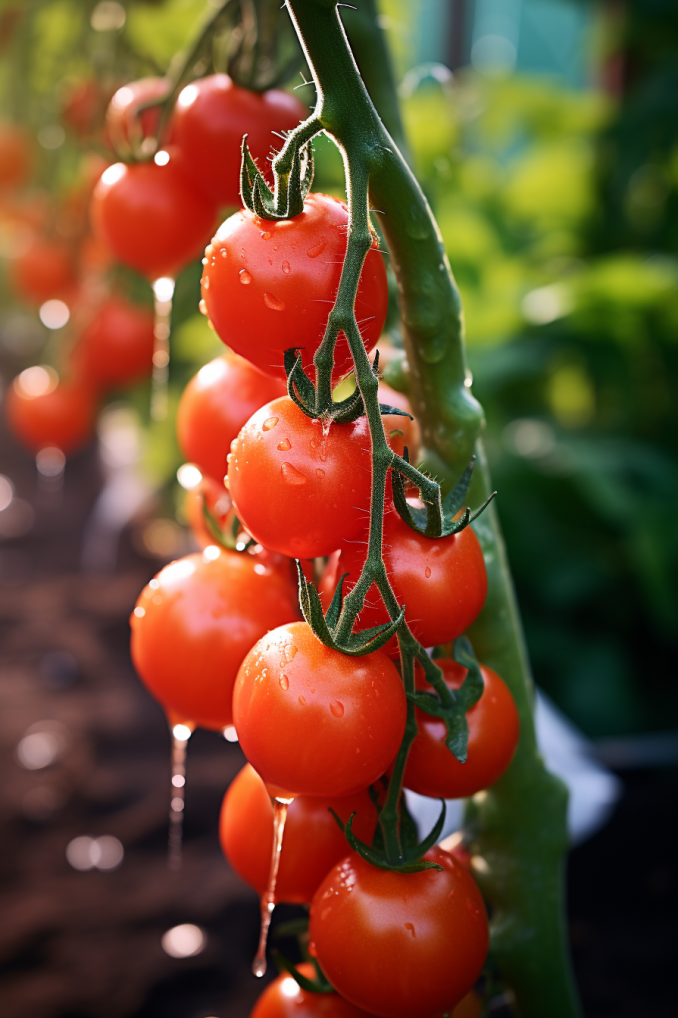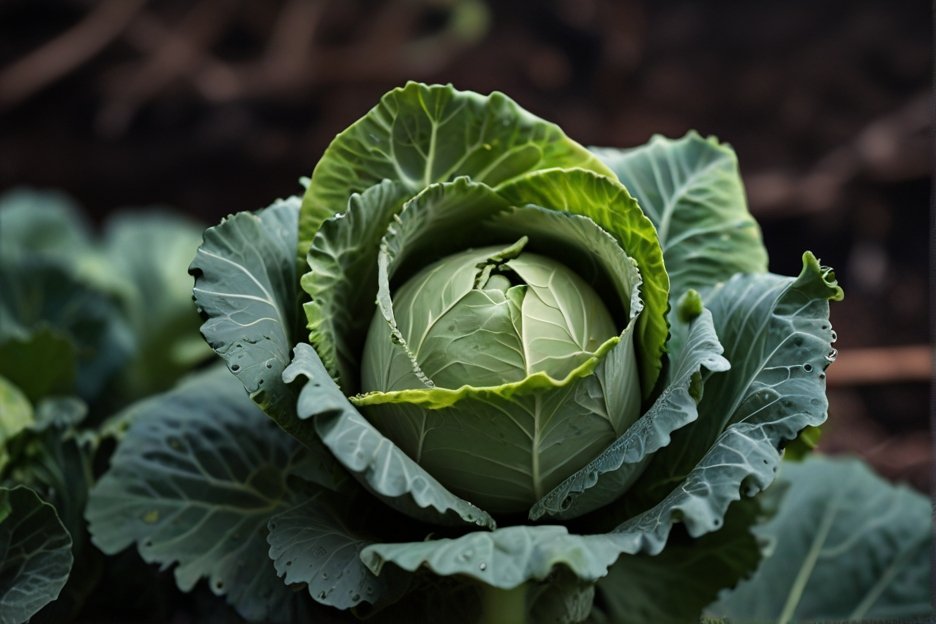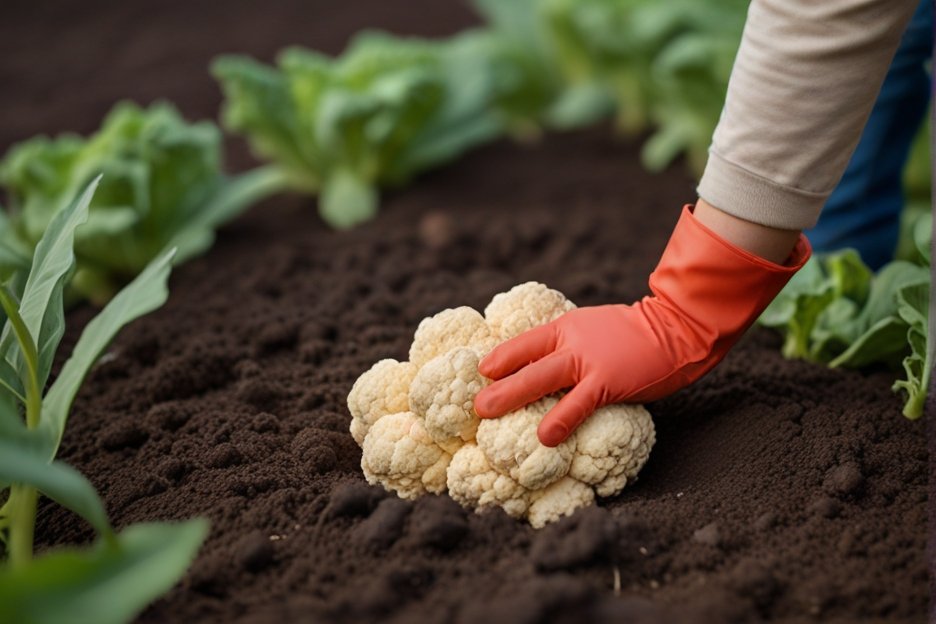
In our gardens, tomatoes hold the prestigious title of juicy jewels, deserving of royal treatment, especially in the realm of watering.
Introducing drip irrigation – the unassuming yet formidable champion of efficient and water-conscious gardening.
This guide serves as your portal to unravel the nuances of employing drip irrigation for tomatoes, ensuring not just survival but the flourishing of your garden.
Join us on this journey as we delve into the world of intelligent watering practices!
Understanding Tomato Water Requirements
Before delving into the world of drip irrigation for tomatoes, it’s essential to grasp the fundamental requirements of water for these plants.
Picture tomatoes as the discerning connoisseurs of the garden—they flourish when the moisture in their soil is just right.
Too much water can result in root rot, while too little water may hinder growth and affect the development of fruit.
Striking the perfect balance is paramount, and this is precisely where the efficiency of drip irrigation comes into play.
Drip irrigation proves instrumental in achieving the optimal water balance for tomatoes.
It addresses the challenge of providing just the right amount of moisture, preventing both the excess that leads to root issues and the insufficiency that hampers growth and fruit development.
This method ensures a precise and controlled delivery of water directly to the plant’s root zone, maximizing efficiency and minimizing the risk of water-related problems.
- Read also: Inorganic vs Organic Fertilizers
- Read also: How to Make Organic Fertilizers at Home
Drip Irrigation System Components

Now, let’s break down the components of a drip irrigation system. It’s like assembling a tomato-loving robot, but much simpler!
Drip tubing
Think of drip tubing as the sturdy backbone of the irrigation system.
Its primary job is to carry water efficiently from the water source to your precious tomato plants.
This tubing acts as the lifeline, ensuring a steady and controlled flow of water to keep your tomatoes happy and hydrated.
Emitters
Emitters take on the role of heroes in this tomato-loving saga.
These small, often overlooked components are responsible for releasing water directly at the base of each tomato plant.
Their precision ensures targeted hydration, delivering the right amount of water where it’s needed most—around the roots of your tomatoes.
Filters
Imagine filters as the cleanliness champions of your irrigation system.
Their job is to prevent any unwanted debris or particles from clogging up the emitters.
By doing so, filters ensure a smooth and uninterrupted flow of water, keeping the system functioning efficiently and your tomatoes happily hydrated.
Pressure regulators
Pressure regulators play a crucial role in maintaining the Goldilocks principle for your tomato plants.
By regulating the water pressure, these components ensure that it’s just right—neither too high nor too low.
This precision in pressure control is vital for the optimal functioning of the system, preventing any potential harm to your tomatoes.
Backflow preventers
Picture backflow preventers as the gatekeepers of water purity. Their primary task is to keep any unwanted substances or contaminants from entering your water supply.
By acting as a barrier, backflow preventers safeguard the integrity of the water source, ensuring that only clean and uncontaminated water reaches your tomato plants.
Optimizing Drip Irrigation for Tomatoes

Setting up a drip irrigation system for your tomatoes doesn’t require a green thumb. Here’s your step-by-step guide:
Layout planning
Before diving into installation, take a moment to map out your tomato territory.
Identify the locations of each plant and strategically plan where to place emitters for maximum coverage.
Consider factors such as the size of each plant, their proximity, and the layout of your garden.
This planning phase ensures efficient water distribution and optimal coverage for all your tomato plants.
Tubing installation
Now, it’s time to lay down the drip tubing—the lifeline of your irrigation system.
Secure the tubing in place using stakes to create a stable and organized network.
Think of this step as laying the groundwork for your tomato kingdom, ensuring that water flows precisely where it’s needed.
Pay attention to the spacing and arrangement of the tubing to maximize efficiency.
Emitter placement
Attach emitters near the base of each tomato plant.
Visualize these emitters as personal water butlers dedicated to the well-being of each plant.
This targeted placement ensures that water is delivered directly to the roots, promoting efficient absorption and minimizing water wastage.
Adjust the flow rate of the emitters based on the individual needs of each tomato plant.
Filter and regulator installation
Maintain the cleanliness of your irrigation system by installing filters.
These act as guardians, preventing debris from clogging the emitters and ensuring a smooth water flow.
Additionally, incorporate pressure regulators to maintain optimal water pressure.
This step is crucial in preventing potential damage to both the system and your precious tomatoes, aligning with the Goldilocks principle of not too much, not too little.
Connect to a water source
With the groundwork laid and components in place, connect your drip irrigation system to a reliable water source.
It’s the moment of magic when your tomatoes transition to a VIP hydration plan.
As water starts flowing through the system, each plant receives its customized dose, promoting healthy growth and robust fruit development.
Benefits of Drip Irrigation for Tomatoes

Venturing into the process of establishing a drip irrigation system for your tomatoes might initially appear as an extra task.
However, the advantages it offers make it a valuable undertaking.
Let’s explore in detail why drip irrigation is a transformative factor in fostering strong and healthy tomato plants.
Water efficiency
Drip irrigation operates on the principle of precision.
By delivering water directly to the roots of each tomato plant, it minimizes water wastage significantly.
Traditional watering methods may lead to water being dispersed across the entire garden, much of it evaporating before reaching the plants.
With drip irrigation, water efficiency is maximized as it goes exactly where it’s needed, promoting a more sustainable and resource-conscious approach to watering.
Disease prevention
Watering at the base of the plants through drip irrigation is a strategic move in disease prevention.
By minimizing moisture on the leaves, the risk of fungal diseases is dramatically reduced.
Fungi thrive in damp environments, and traditional overhead watering can create a haven for them on the leaves of tomato plants.
Drip irrigation acts as a shield, maintaining a drier foliage environment and safeguarding your tomatoes against potentially harmful diseases.
Consistent moisture
Tomatoes are creatures of habit—they thrive when conditions are consistent.
Drip irrigation ensures a steady and consistent supply of water, meeting the preferences of tomatoes that dislike extremes.
This helps prevent drought stress, a condition that can stunt growth and affect fruit development.
With a reliable and regulated water supply, your tomatoes can focus on flourishing rather than grappling with inconsistent hydration.
Weed control
Drip irrigation’s precision isn’t just beneficial for your tomatoes; it also contributes to weed control.
By delivering water directly to the root zone of your tomato plants, you’re not inadvertently nourishing unwanted weeds.
Traditional methods, such as overhead watering, can disperse water more broadly, unintentionally encouraging weed growth throughout the garden.
Drip irrigation keeps the focus on your tomato patch, maintaining a weed-free and tidy growing environment.
- Read also: How to Lower pH in Soil for a Thriving Garden
- Read also: Types of Soil For Gardening
Conclusion
Drip irrigation stands out as the key to success in the realm of tomato cultivation.
It goes beyond mere watering; it’s the secret sauce for precision, efficiency, and the cultivation of joyfully thriving tomatoes.
A well-crafted drip system transforms you from a mere gardener into a tomato whisperer.
In the world of growing tomatoes, drip irrigation isn’t just about keeping the plants hydrated.
It represents the winning formula for success, embodying precision, efficiency, and the promise of vibrant and flourishing tomatoes.
With a meticulously designed drip system, you transcend the role of a traditional gardener – you become a true master, a whisperer who understands the nuanced needs of tomatoes.
FAQs
Absolutely! Drip irrigation is versatile and can benefit various plants, from peppers to petunias.
The frequency depends on factors like weather and soil. Aim for consistent moisture, adjusting based on your tomato plant’s needs.
DIY-friendly! Many gardeners successfully install drip irrigation systems themselves, but if you’re unsure, seeking professional guidance is always an option.



